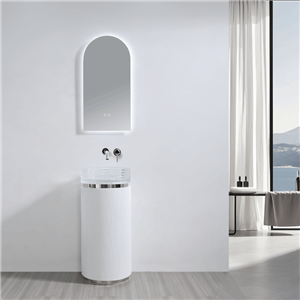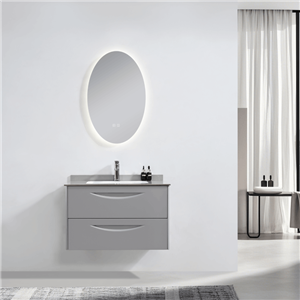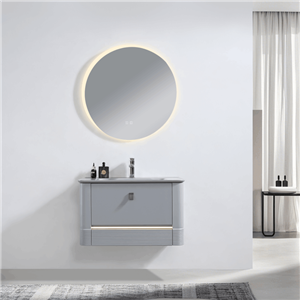How Technology is Transforming Bathroom Vanity Manufacturing
The rapid evolution of technology has profoundly impacted the bathroom vanity manufacturing industry. From automated machinery improving production efficiency to innovative digital tools providing better customer insights, the intersection of technology and craftsmanship has created a new era of design and functionality.
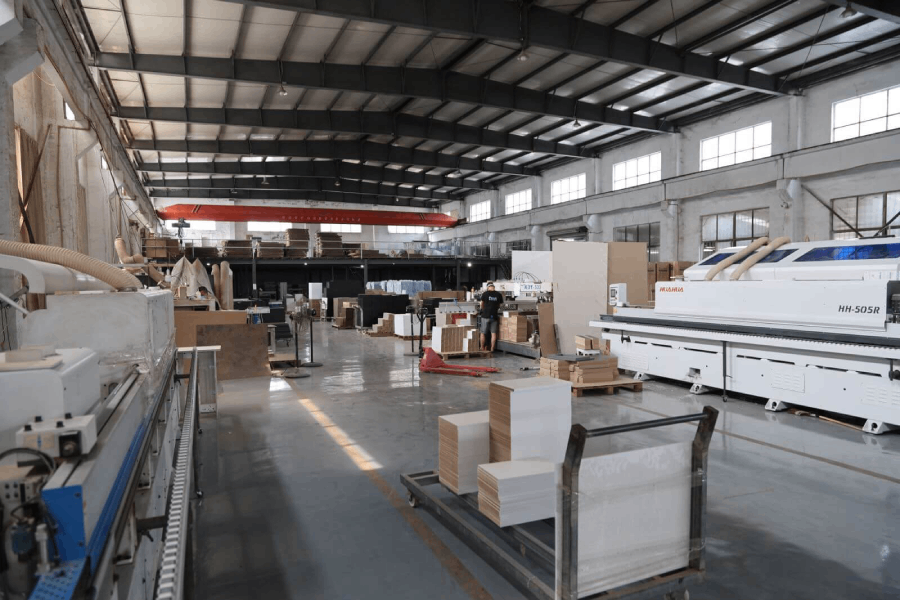
In this article, you will learn:
How automation is transforming the bathroom vanity manufacturing process to deliver quicker, more accurate production.
What key technological innovations are bringing unparalleled customization and creativity to bathroom vanities.
How advanced digital tools are better understanding and meeting customer needs for their ideal vanity.
Let's explore how these technological advancements are shaping the future of bathroom vanity manufacturing.
How Is Technology Improving Efficiency in Bathroom Vanity Manufacturing?
1.1 Automated Production for Precision and Speed
Automation has brought remarkable improvements to the manufacturing process, with robotic systems precisely cutting, shaping, and assembling vanity components. These automated machines work at a faster pace than manual labor while reducing errors, leading to consistent quality and quicker production turnaround.
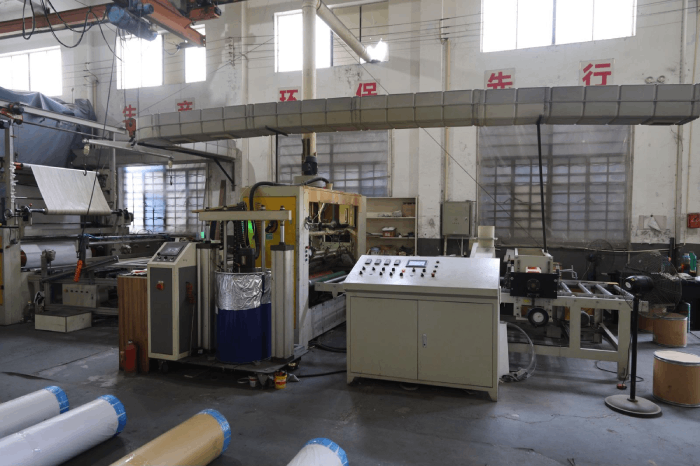 | 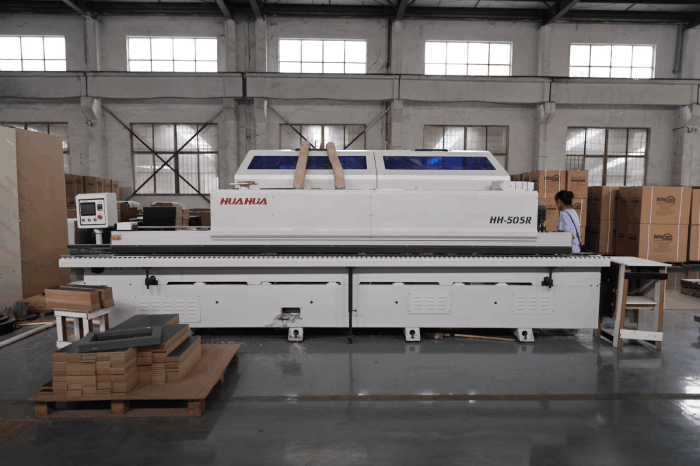 |
1.2 Digital Design Tools Streamline Customization
Computer-Aided Design (CAD) and other digital design software enable manufacturers to rapidly develop and refine vanity designs. Customers can request specific measurements, finishes, and storage layouts, and manufacturers can translate these requests into accurate virtual models, reducing lead times and production costs.
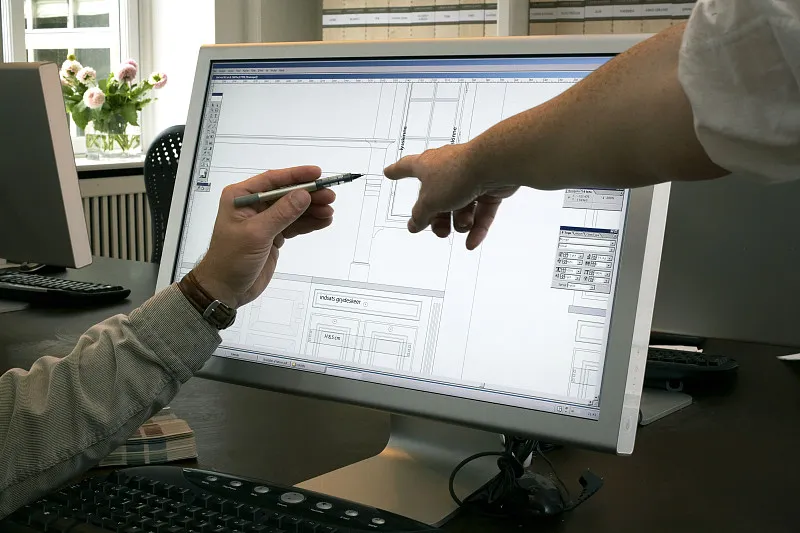 | 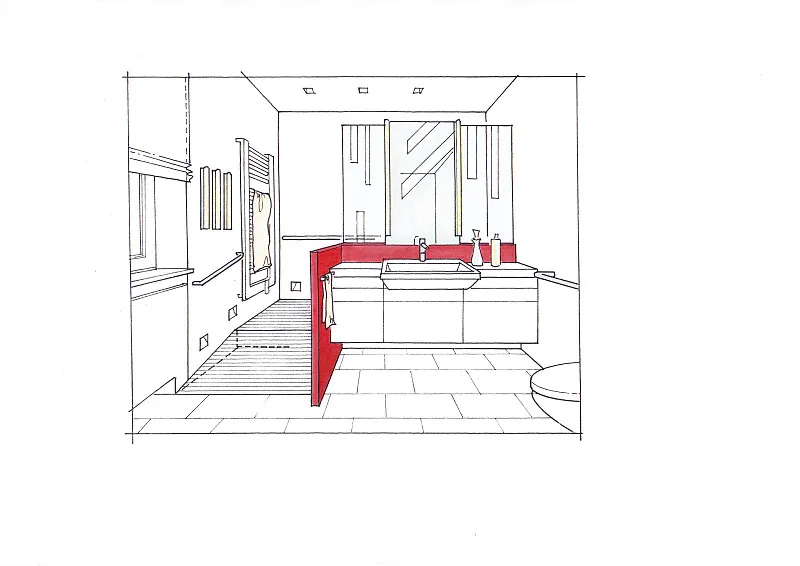 |
1.3 Optimized Supply Chain Management
Integrating supply chain management software into production helps manufacturers predict demand more accurately and maintain optimal inventory levels. This minimizes material waste, reduces storage costs, and ensures timely delivery of raw materials for continuous production.
1.4 Real-Time Quality Control
Advanced sensors and data analytics monitor quality control throughout the manufacturing process. Any deviations from the desired specifications are flagged immediately, ensuring only high-quality bathroom vanities leave the production line.
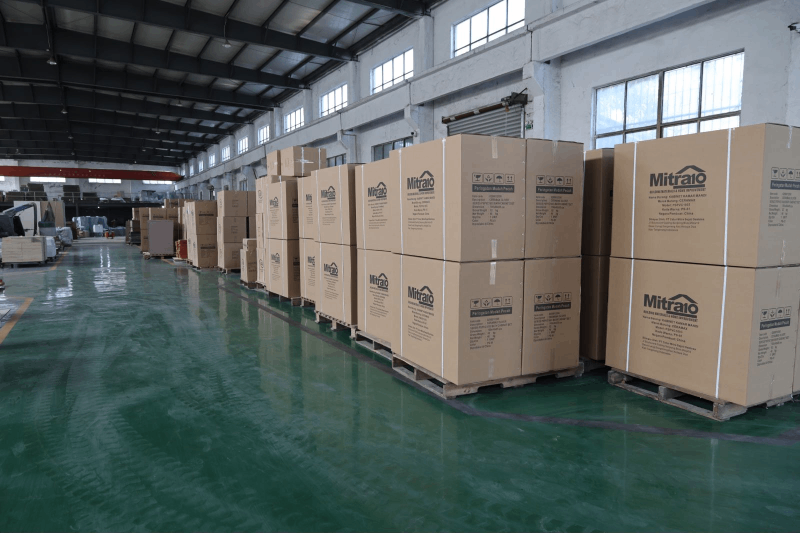 | 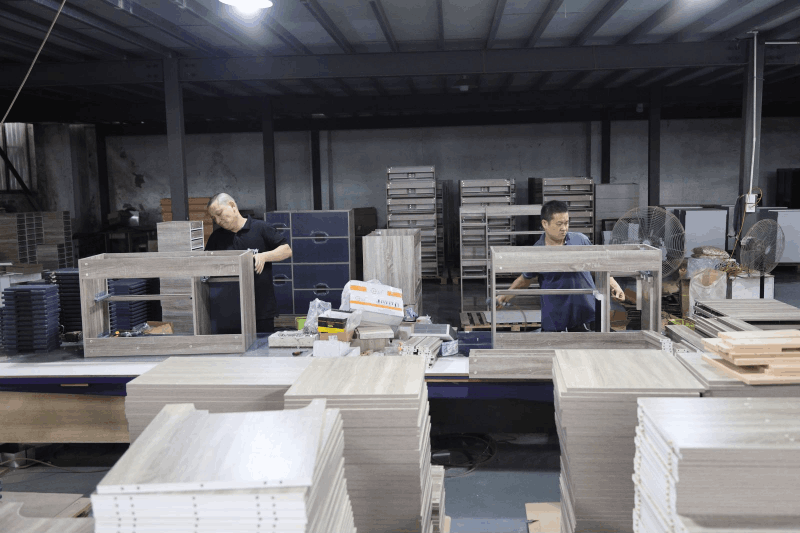 |
What Innovations Are Transforming Bathroom Vanity Manufacturing?
2.1 Sustainable and Eco-Friendly Manufacturing Processes
Sustainability is now a critical focus in bathroom vanity manufacturing. Innovations like water-based finishes, recycled materials, and energy-efficient equipment significantly reduce the environmental impact. Using responsibly sourced wood and low-VOC (volatile organic compounds) finishes minimizes the ecological footprint and appeals to environmentally conscious consumers.
2.2 3D Printing for Complex Custom Designs
3D printing technology allows manufacturers to create intricate designs that were previously difficult to achieve using traditional methods. This additive manufacturing approach offers greater flexibility and allows for one-of-a-kind customizations, including unique shapes, patterns, and dimensions that cater to customers' specific tastes and bathroom layouts.
2.3 Smart Technology Integration
Bathroom vanities are increasingly incorporating smart technology, like LED mirrors with adjustable lighting or built-in defogging. Bluetooth-enabled speakers or charging ports are also integrated, providing a high-tech yet seamless experience that blends with the overall design aesthetic. These features meet the growing demand for smart home connectivity.
2.4 Augmented Reality for Product Visualization
Augmented reality (AR) enables customers to visualize different vanity styles in their bathrooms before committing to a purchase. By using their smartphone or tablet, customers can place a virtual vanity in their bathroom to see how it fits and looks. This visualization helps them make more informed decisions and reduces the likelihood of returns.
How Does Technology Help Manufacturers Meet Customer Needs Better?
3.1 Data Analytics for Tailored Product Recommendations
Manufacturers are leveraging data analytics to understand customer preferences better and provide personalized recommendations. By analyzing trends in customer data, manufacturers can identify popular styles, colors, and features to deliver vanities that align with current market demands. This data-driven approach ensures that customers receive relevant suggestions tailored to their tastes.
3.2 Advanced Customization Tools
Digital tools like Computer-Aided Design (CAD) and virtual configurators allow customers to customize their bathroom vanities in real time. These tools provide various options for finishes, materials, and storage configurations, empowering customers to create their ideal vanity. Manufacturers can then translate these specifications directly into production, delivering a product that matches the customer's exact requirements.
3.3 Smart Connectivity for Enhanced Functionality
Integrating smart technology into bathroom vanities offers added convenience and functionality. Features like voice-activated lighting, temperature-controlled drawers, and motion-activated mirrors enhance the user experience. These intelligent features appeal to tech-savvy consumers looking for modern, connected bathroom solutions.
3.4 Virtual Showrooms for Better Visualization
Virtual showrooms provide customers with immersive, 3D representations of various vanity designs, helping them visualize how a particular style would look in their bathroom. This interactive experience allows them to explore different styles and finishes, making the selection process smoother and more engaging.
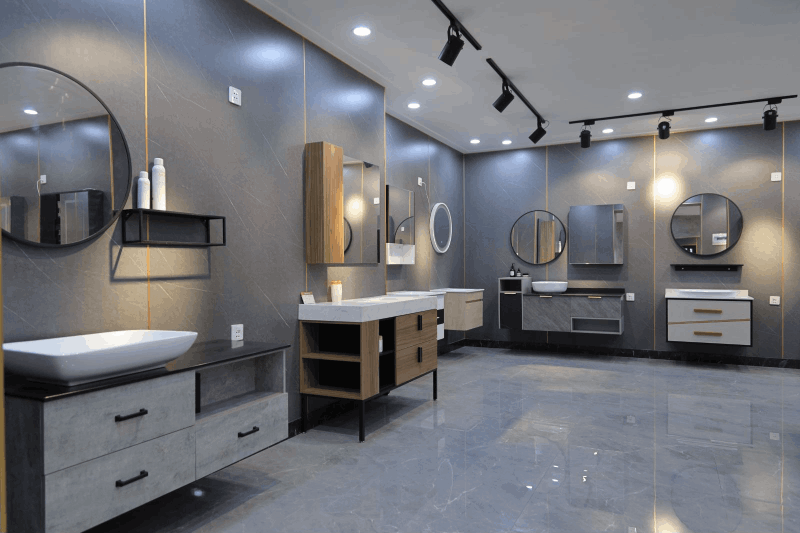 |
What Common Problems Do Customers Face When Choosing a Bathroom Vanity?
4.1 Finding the Right Size and Fit
One of the biggest challenges for customers is finding a vanity that fits perfectly in their bathroom. Measuring errors and misjudging available space can lead to vanities that are too large or too small. Technology helps solve this problem through augmented reality tools and detailed size guides, making it easier for customers to visualize and measure accurately.
4.2 Matching Style and Décor
Customers often struggle to find a vanity style that complements their existing bathroom décor. With digital customization tools and virtual showrooms, customers can experiment with various finishes, materials, and designs before making a purchase. This way, they can confidently choose a vanity that harmonizes with their space.
4.3 Balancing Storage and Aesthetics
Choosing between storage capacity and aesthetic appeal can be difficult. While some customers prioritize spacious drawers and cabinets, others prefer a sleek, minimalistic design. Manufacturers are addressing this issue by offering modular storage solutions that blend style and functionality, allowing customers to customize the interior layout to their needs.
4.4 Quality Assurance and Durability
Customers often worry about the long-term durability of their bathroom vanity, particularly in high-humidity environments. Advanced manufacturing processes ensure high-quality finishes that are resistant to moisture, scratches, and daily wear. Additionally, smart sensors can monitor conditions like humidity levels, alerting customers to potential issues that could affect the vanity’s lifespan.
How Will Future Trends in Bathroom Vanity Manufacturing Benefit Consumers?
5.1 Artificial Intelligence for Better Design and Personalization
Artificial intelligence (AI) will further refine how manufacturers understand customer preferences. AI-powered design tools will analyze customer input and suggest optimal vanity designs based on their unique tastes and bathroom layout. This will create highly personalized designs that fit seamlessly into each customer's bathroom.
5.2 The Internet of Things (IoT) for Seamless Integration
As more homes adopt smart devices, bathroom vanities will integrate into a networked home environment. IoT-enabled vanities will connect to other smart devices, such as thermostats or lighting systems, creating an intelligent bathroom ecosystem where mirrors adjust brightness according to the time of day or drawers maintain temperature to prevent fogging.
5.3 Sustainable Manufacturing for Eco-Friendly Solutions
Future trends will emphasize sustainability even more. Manufacturers will adopt greener materials like bamboo, reclaimed wood, and recycled glass. Moreover, advanced manufacturing techniques will reduce waste and energy consumption, leading to eco-friendly vanities that align with consumer demands for sustainable products.
5.4 Modular Design for Customizable Layouts
Modular designs will gain prominence, enabling customers to customize their vanities with interchangeable drawers, shelves, and cabinets. This flexibility will make it easy for consumers to adapt their bathroom vanities to changing needs, whether that means adding more storage or swapping components to match updated décor.
Conclusion
Technological advancements have brought transformative changes to the bathroom vanity manufacturing industry. Automation and innovation are streamlining production, allowing manufacturers to deliver high-quality vanities efficiently. These advancements, from automation to artificial intelligence and modular design, are enhancing customization, smart connectivity, and eco-friendly practices, ultimately empowering customers to find their ideal vanity solutions.
In summary:
Automation has enhanced efficiency in production, ensuring consistent quality and rapid turnaround.
Innovations like 3D printing, AR visualization, and sustainable materials are revolutionizing customization and design possibilities.
Top 10 Bathroom Cabinet Factory
Explore More Bathroom Cabinet Designs 2024

